Top 6 AirPlay Alternatives (for Win, Mac, Android, iOS, TV)
While AirPlay is a reliable casting solution, it sometimes doesn’t work as intended. So today, we’re breaking down the top alternatives to Apple AirPlay across major platforms. For whatever reason you may need to cast your screen, we’ve got a reliable AirPlay alternative for you!
1. Top 6 Alternatives to Apple AirPlay
1Google Chromecast

First up we have Google Chromecast, one of the most robust AirPlay alternatives for Windows and Android devices. Chromecast allows you to cast your devices to a TV and other supported devices.
The connecting methods are plentiful. You can use Google Home to cast your mobile phone screen to the Chromecast TV; on computers or laptops, you can cast directly from the Google Chrome browser without installing any software; you can even cast from the Chromecast apps such as YouTube, Netflix, and Spotify.
And if your TV doesn’t have ‘smart’ capabilities, you can purchase a physical Chromecast dongle. With the dongle, you have access to the entire library of Android apps and content and can cast to your TV freely.
Pros
- Compatible with Android, iOS, Windows, Mac, and TV with Chromecast
- Easy to Use
- Free with Google-Supported Devices
Cons
- Requires Compatible Chromecast TV or Speakers
2Miracast
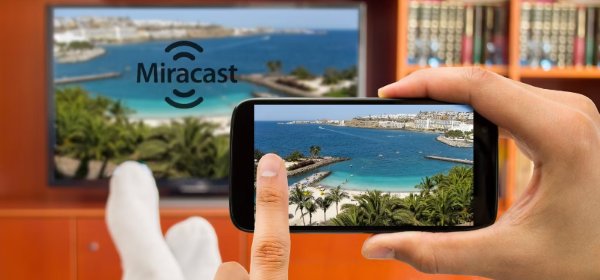
Miracast is another built-in AirPlay alternative for Android and Windows PCs. However, this method is only available for smart TVs, select Android devices, and supported Windows PCs (Win 10 & 11). This means you can’t use it on any Apple device including iPhones and Macs.
While Miracast isn’t as widely supported as it used to be, it’s still a dependable solution in a pinch. The streaming quality is great and stable.
Pros
- Built-in Integration for Most Modern Smartphones
- Plentiful Smart TV OS Support
- Free to Use
Cons
- Only Allows Screen Mirroring
3Roku Stick
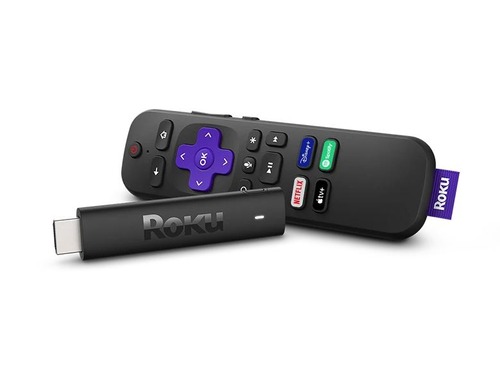
If you have a TV that doesn’t have any smart capabilities, you need to use an external streaming player to access content online. Streaming media players like Roku are a great option and you can also use it to cast to your TV.
Roku also has a great library of apps and content, so it works great as an AirPlay alternative to Apple TV. This method works for both smartphones.
And since it’s a closed system, you can’t download apps or channels that aren’t included in their store.
Pros
- Supports Both In-App Casting & Screen Mirroring
- Plentiful Selection of Content
Cons
- Requires a Physical Media Player Dongle
- Expensive to Purchase
4Amazon Firestick
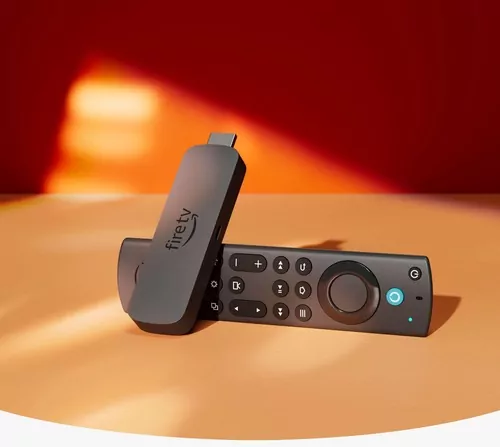
Similar to Roku, Amazon Firestick is another option for a streaming media player.
It includes the full roster of Amazon’s apps and Amazon Prime Video content. And since it uses Fire OS which is based on Android, you have access to a larger library of apps and customization options.
However, the Amazon Firestick does not support screen mirroring from iOS/macOS devices. Plus, only certain models of the Amazon Firestick support mirroring and casting.
Pros
- Affordable Option
- Versatile Android UI & Features
Cons
- Available Only on Select Android/Windows Devices
- Requires Purchase of Physical Dongle
5AirDroid Cast

Next up, we have the most versatile AirPlay alternative: AirDroid Cast. AirDroid Cast is an all-in-one mirroring and casting solution that supports a variety of platforms: iOS, Android, Windows, macOS, Android TV, and Web.
In addition, It supports two-way audio streaming, which means that you can cast the device's sound and microphone together with the screen.
It offers a free trial to enjoy the mirroring feature in the same Wi-Fi, and it also works for different Wi-Fi networks.
Pros
- Better Device Compatibility
- Full HD Streaming Image Quality
- No Ads; No Watermarks
Cons
- Remote Casting Requires Paid Subscription
- Sometimes Lagging Depending on the Network
6HDMI Cable/Lightning Digital AV Adapter
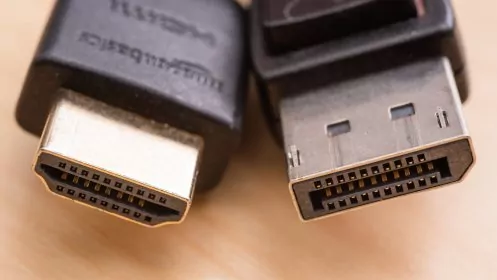
The last method is to use the tried-and-true AirPlay alternative for PC or Mac and even iPhones/Androids; an HDMI cable. Connecting your PC to your TV via an HDMI cable is the easiest method on the list since you just have to connect a cable between the two.
Using an HDMI cable is the best in terms of performance. You’re not limited by wireless connectivity which can be unstable and laggy.
Pros
- Minimal Lag & Latency When Mirroring
- Not Dependent on Wi-Fi/Internet Connectivity
Cons
- Range Limited to Physical Cable Length
- May Require an Adapter Depending on the Device
2. How to Choose the Best AirPlay Alternative?
| Alternative | Compatibility | Free | Editor's Rating |
|---|---|---|---|
| Google Chromecast | Android, Windows, macOS, iOS, TV | ✅ | ⭐⭐⭐⭐⭐ |
| Miracast | Android, Windows (10/11), TV | ✅ | ⭐⭐⭐⭐⭐ |
| Roku Stick | Android, iOS, TV | $40 - $70 | ⭐⭐⭐ |
| Amazon Firestick | Android, iOS, TV | $40 - $60 | ⭐⭐⭐ |
| AirDroid Cast | Android, iOS, macOS, Windows, Linux, TV | $2.5 - $3.5 | ⭐⭐⭐⭐ |
| HDMI Cable | Android, iOS, Windows, macOS, TV | $10 - $15 | ⭐⭐⭐ |
1) Compatibility
The most important aspect to consider is if the platform of your casting and receiving device supports one of the methods listed.
For a method that works across most platforms, Chromecast and AirDroid Cast is a great solution with plentiful supported devices and a robust web platform.
2) Price
Next up you should consider how much it costs to start casting. Depending on your budget, consider the alternatives once you’ve assured which platforms they support.
Methods like a Roku or Amazon Firestick require an initial investment of a physical dongle, while Chromecast or Miracast are free options but with limited platform support.
3) Performance & Reliability
You should use the method that offers the most stable and reliable performance to mitigate latency and ensure a high-resolution stream.
In terms of the streaming quality, Chromecast and the HDMI cable stand out from the crowd.
3. Why Do You Need an Alternative to AirPlay?
There are a couple of reasons you might need an alternative to AirPlay. We’ll do a quick rundown and see if any of these reasons match up to your needs:
1) Unsupported TV OS:
Your device may not support AirPlay so you need an alternate solution to cast and mirror your screen.
2) Missing AirPlay Features:
Your Apple device may not support AirPlay, such as older models and system versions.
3) Unsupported Network Condition:
Two devices may connect to different Wi-Fi, or there is no Wi-Fi for the two devices.
4. Summary
We’ve reached the end of our list and hope you’ve found a suitable solution as an AirPlay alternative! While these alternatives aren’t as ideal as built-in casting from AirPlay, they’ll do the job well.
And if you’re looking for a solution to cast to any platform, Chromecast and AirDroid Cast are the versatile options with an array of exclusive casting features like 1080p Full HD streaming and robust platform compatibility.






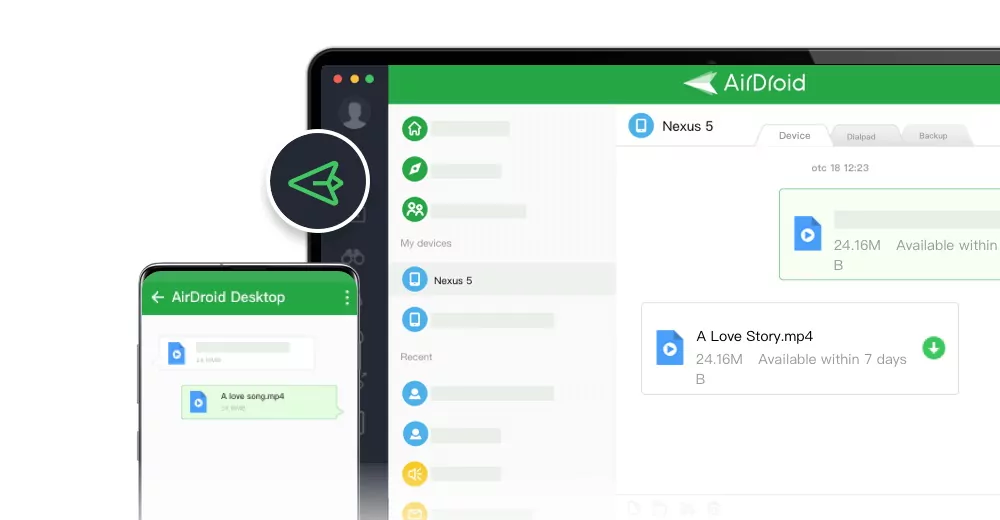



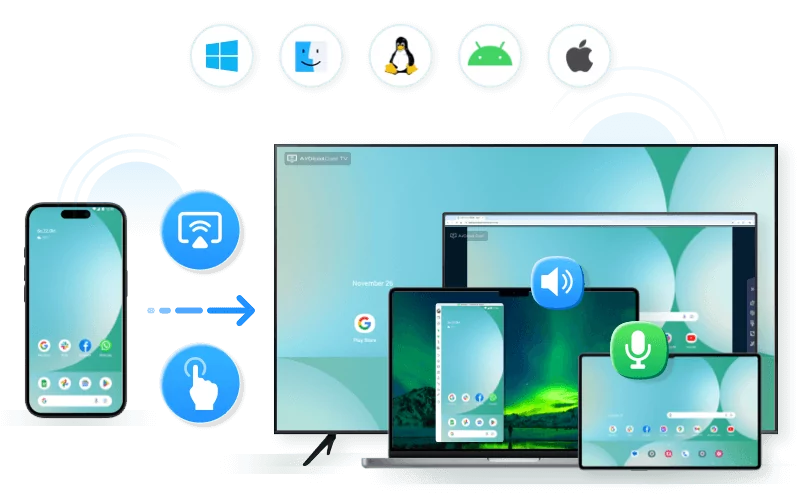
Leave a Reply.